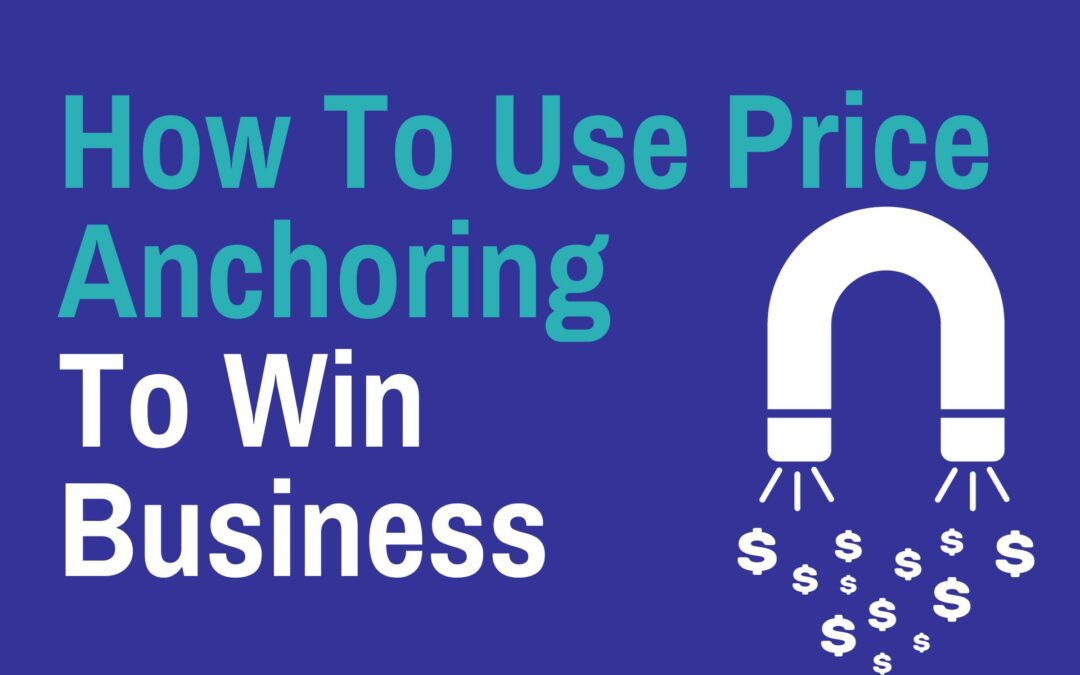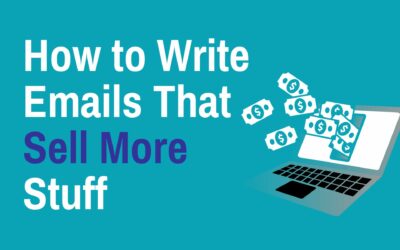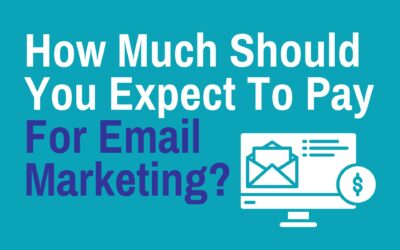It’s true. We are being manipulated at every turn.
Whoa, hold on! We’re not launching into politics…
That’s far too heavy for a Tuesday morning. Or any morning…
No. Today we’re talking price anchoring. It is everywhere.
Think you make your own buying decisions? Think again…
From supermarket shopping to mobile phone mega deals our buying behaviour is being mapped out in front of us.
Price anchoring refers to a hugely effective method of priming that alters our perception of value. Changes our idea of how “expensive” or “cheap” something is.
We are encouraged to buy from sellers who appear to promote unmissable ‘deals’. Businesses that use the technique are massively boosting their sales. And guess what. It’s easy peasy to implement.
Not heard of it? Want to know more?
You’re in the right place.
What Is A Price Anchor?
Price anchoring is a sales strategy that plays on our love of a good deal, and boy do we lap it up.
It works by offering us a point of reference.
Picture a lonely number floating around on a sales page. Unless you are the right person at the right time and you REALLY WANT THAT THING, you could probably take it or leave it.
You’ll probably get distracted before taking the plunge.
No sale. No conversion. No paying customer.
Price anchors are designed to give weight to the value of what’s being sold. This makes the price look like a bargain, and ta-da! You want to buy it.
Recognise this enticing formula?
“Buy this <insert item here>! £129 Now only £99!”
The figure £129 is a high price anchor.
Ordinarily, £99 might seem extortionate. But placing this higher price anchor alongside the lower, real price of £99 makes it look like an absolute steal.
Wondering where you’ve seen it recently? Amazon, the online sales platform giant, uses this technique insatiably.
How Businesses Use Price Anchoring
Though the strikethrough format above is very common, there are other ways you’ll find price anchoring used.
(And, now that you’ve got your eye in, I guarantee you’ll see it everywhere you go).
Low price anchoring works by pricing your product or service just above a low-value product. In this scenario, customers leave feeling pretty pleased with themselves for getting a lot more value for only a little more money.
Offering tiered packages is another popular pricing strategy, usually used by service-based businesses.
Take membership sites for example.
A company might offer three different packages. They demonstrate what is included within each in a clear, attractive table on their website.
A customer landing on this page drawn in by the lowest price is likely to buy higher up the pricing brackets than they originally intended. When the packages are put in front of them, the lowest tier isn’t enough. They want a better value deal.
Whilst some prospects will purchase high and low-tier packages straight away, they are effectively anchors, pushing the majority of people towards the target tier.
Another simple price anchoring strategy is to offer a higher-priced item first – before then pitching the product you actually want to sell. This “anchors” the buyer’s mind at the higher price – making the lower-priced product seem like better value.
Why It Works
There is a whole world of psychology behind pricing and buying habits.
(This gets a bit science-y but we’re going there. Scroll on down if you don’t like it).
Cognitive biases are ways in which our thinking patterns don’t work logically. We all have them and there are tons.
Anchoring bias is one of them. It’s the tendency we have to rely too much on what we already know, or on the first piece of information offered.
If you hadn’t guessed already, that’s the price anchor.
This cognitive bias is always weighted towards achieving the greatest prize for the least amount of output.
Price anchoring also makes decision-making easier for the prospective customer. Anchors in the guise of discounts and reductions give us more reason to buy if we’re wavering because we’re saving money.
Labelling products and services as ‘most popular’ or ‘selling fast’ also triggers us to lean hard into another weird wiring of our brains – the bandwagon bias…
We like to follow trends. If others are doing something, we feel compelled to do it too.
It’s Easy To See How Price Anchoring Works…
Offering alternative price points alongside your target sale price promotes its relative value, giving customers a frame of reference.
Put simply, price anchors nudge customers’ brains into making them feel like they’re winning.
Who doesn’t love a feel-good bargain?
Businesses everywhere are making more money through smart price anchoring and you can too. Don’t miss out.
Not sure where to start? Book a call with me to get up and running FAST.

Free Website Content Checklist.
Not getting the results you want from your website? It could be that your content is the problem.
Click the button below and we’ll send you our website content checklist so you can see how your copy measures up!
Read More Like This…
How to Write Emails That Sell More Stuff
What are you doing to sell your services or products? You have a shiny, modern website, right? It has an up-to-date shop with a great user experience? And you have regular blogs going up that are engaging and filled with SEO? That’s great. What about emails? I saw you...
How Much Should You Expect To Pay For Email Marketing?
Everyone likes a low-cost, high-return purchase. And that’s why marketing consultants are quick to sell you on the multitude of benefits of email marketing! It’s short, requires very little technical knowledge to get set up and can improve your customer retention like...
Inbound Marketing Vs Outbound Marketing – The Pros & Cons Of Both
Let’s be honest - the ‘Skip Ad’ button is one of the best things since sliced bread. Over time, marketers have learned that people don’t always like to be interrupted. Sometimes, you just want to watch your damn video! That’s how the ‘inbound marketing vs outbound...





